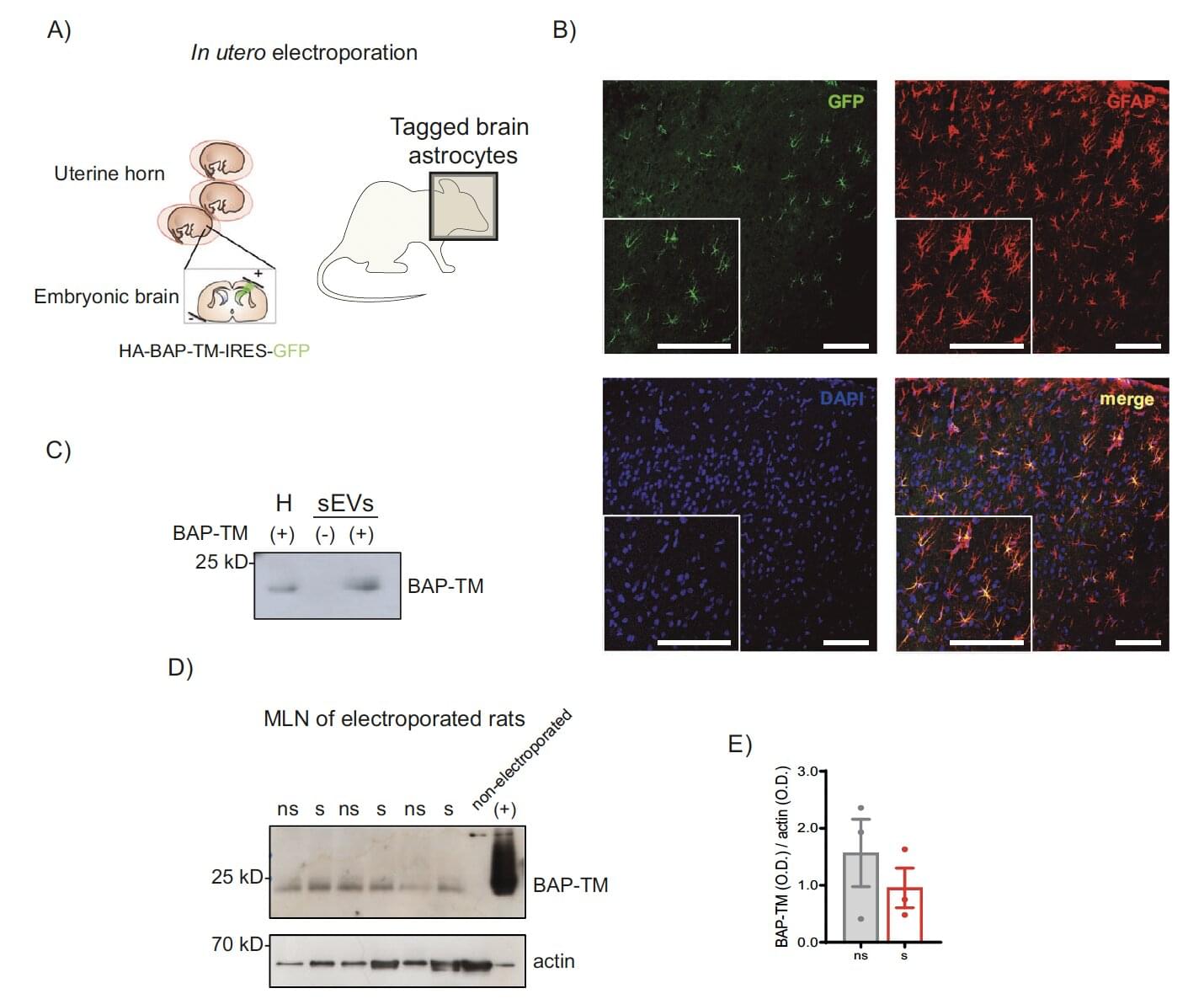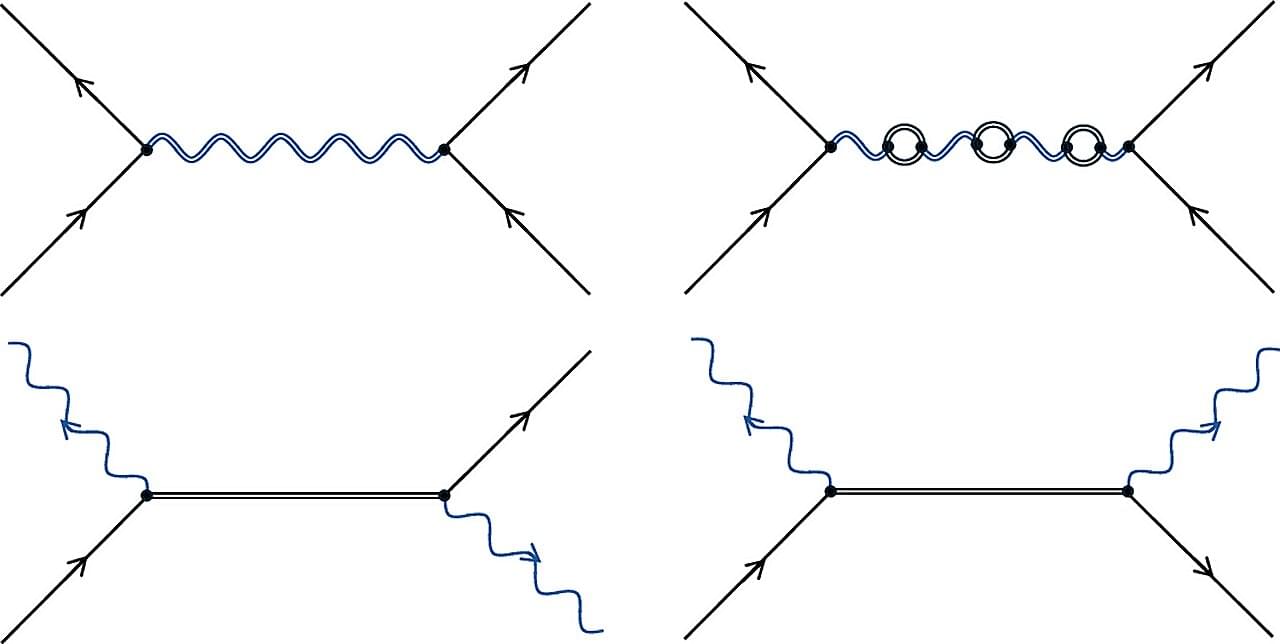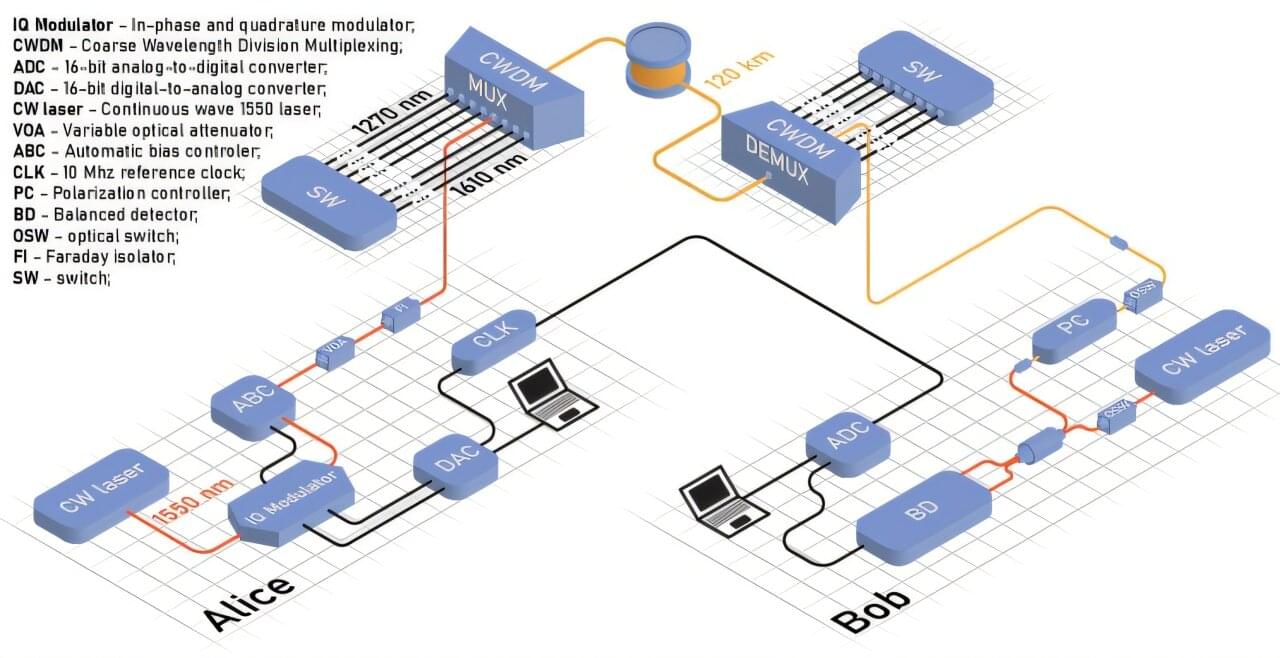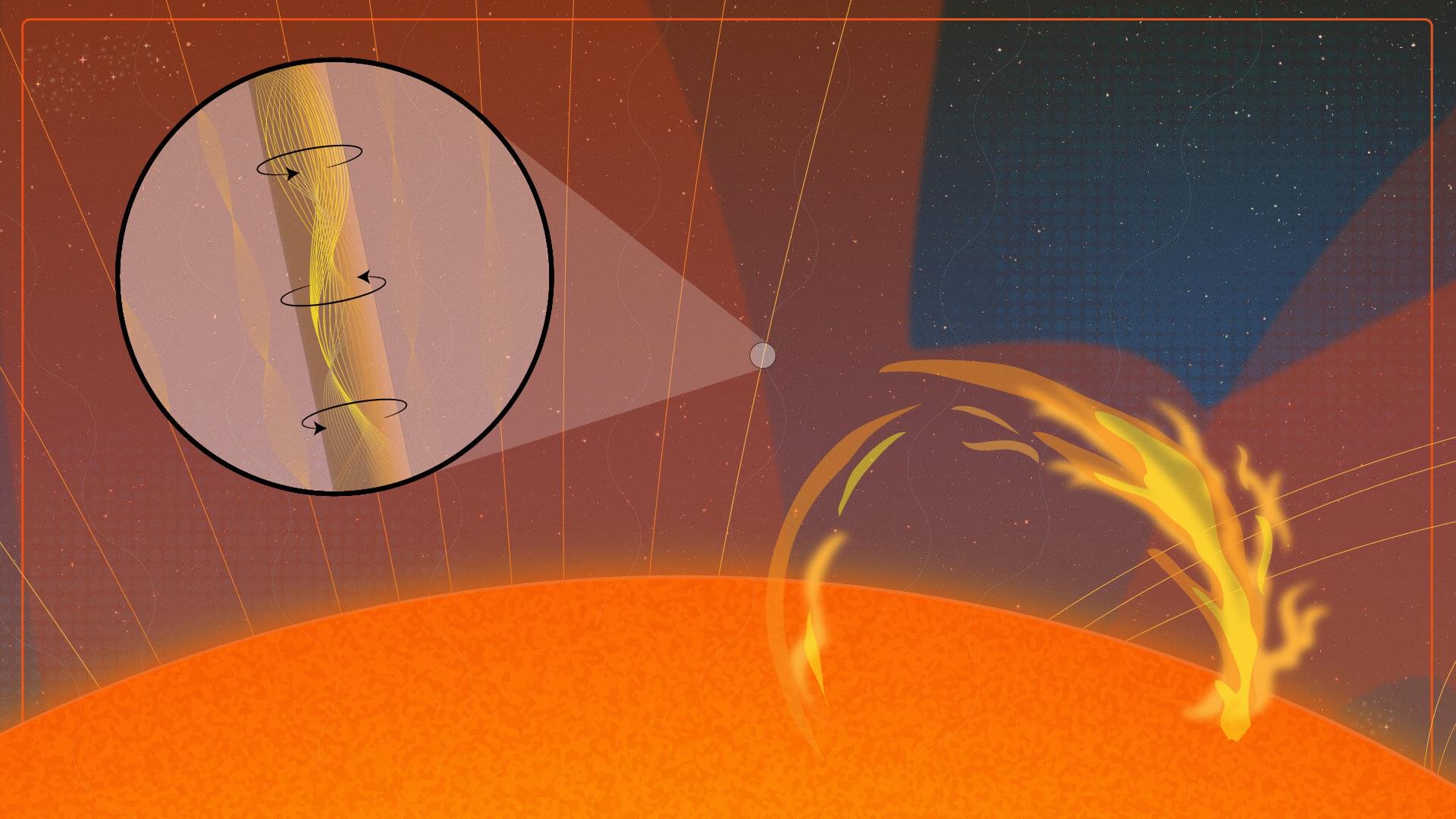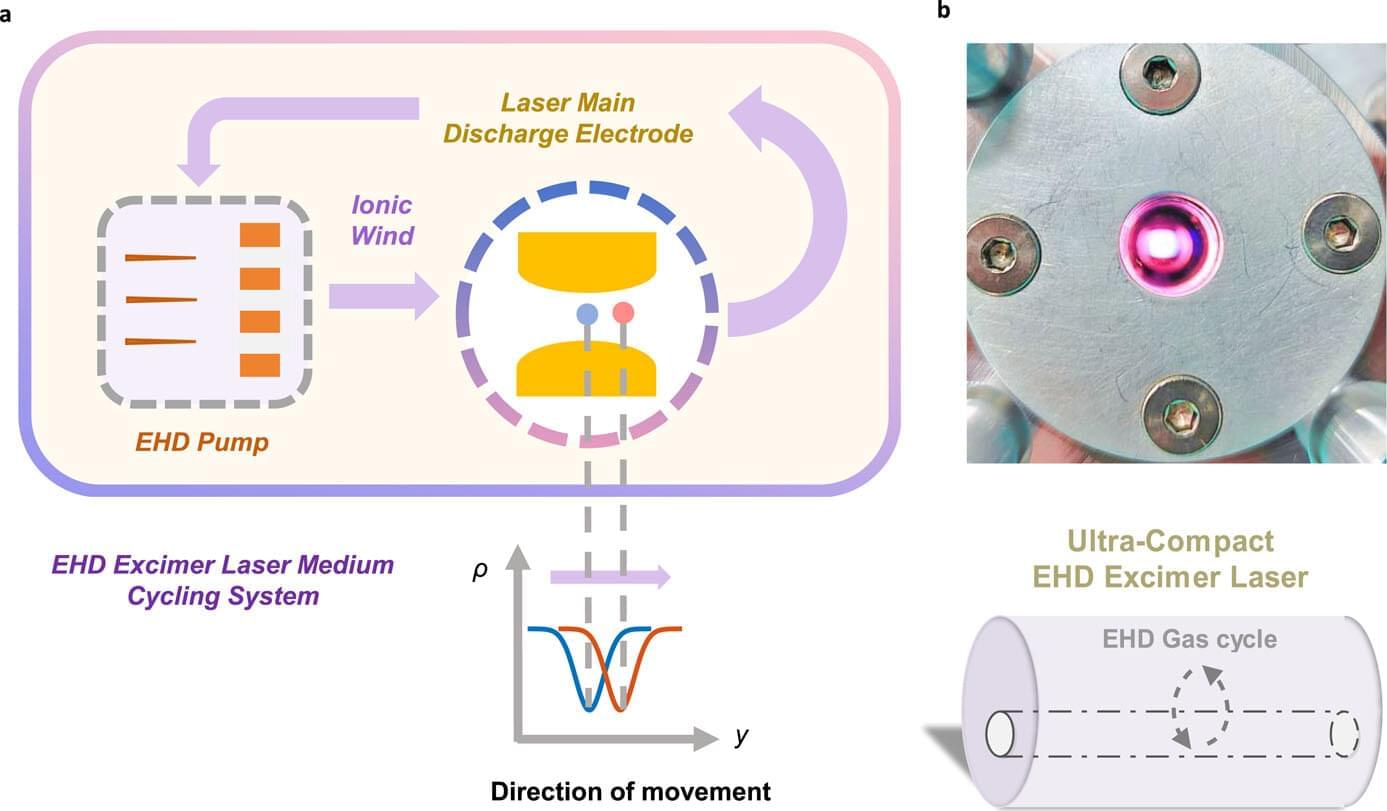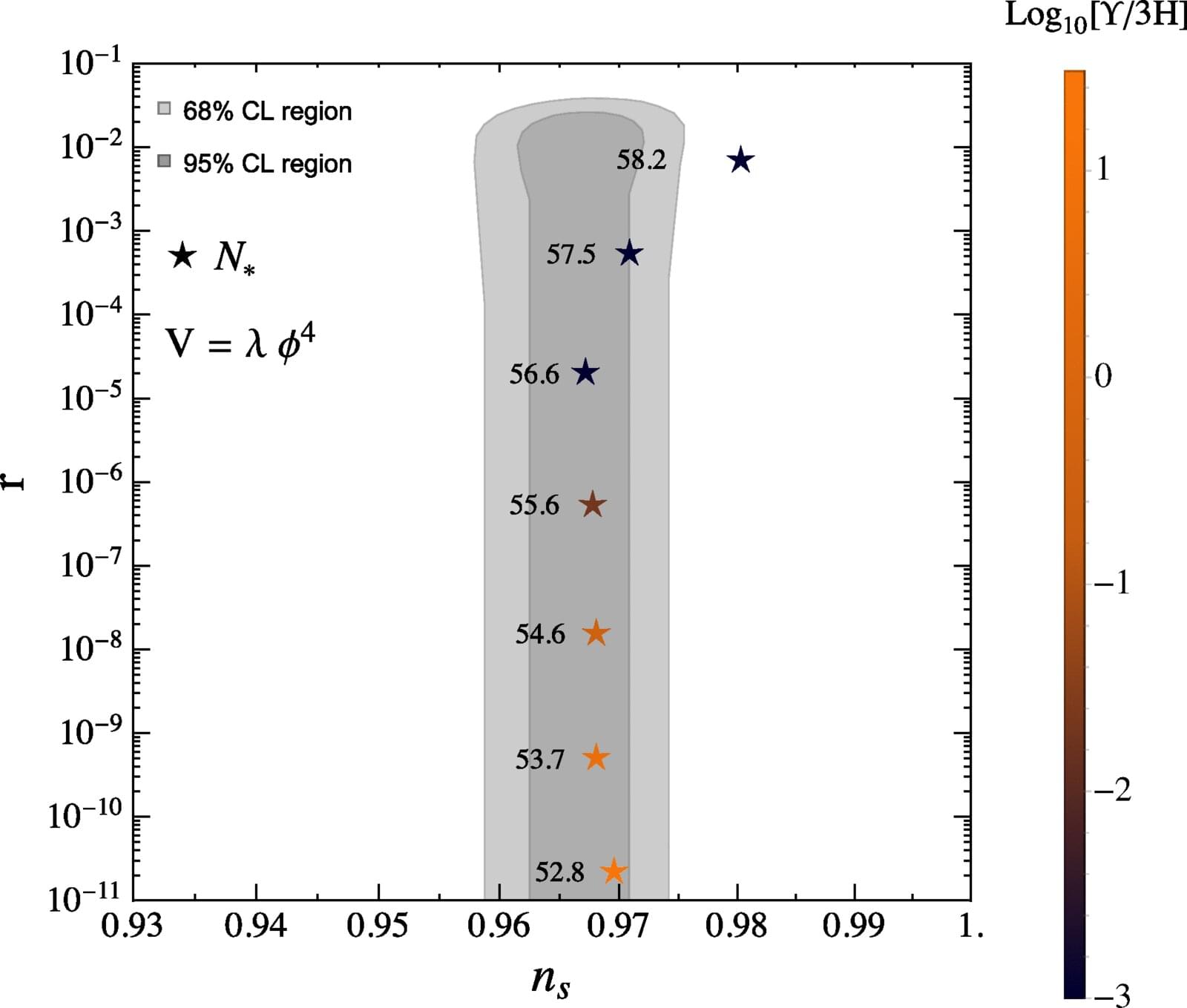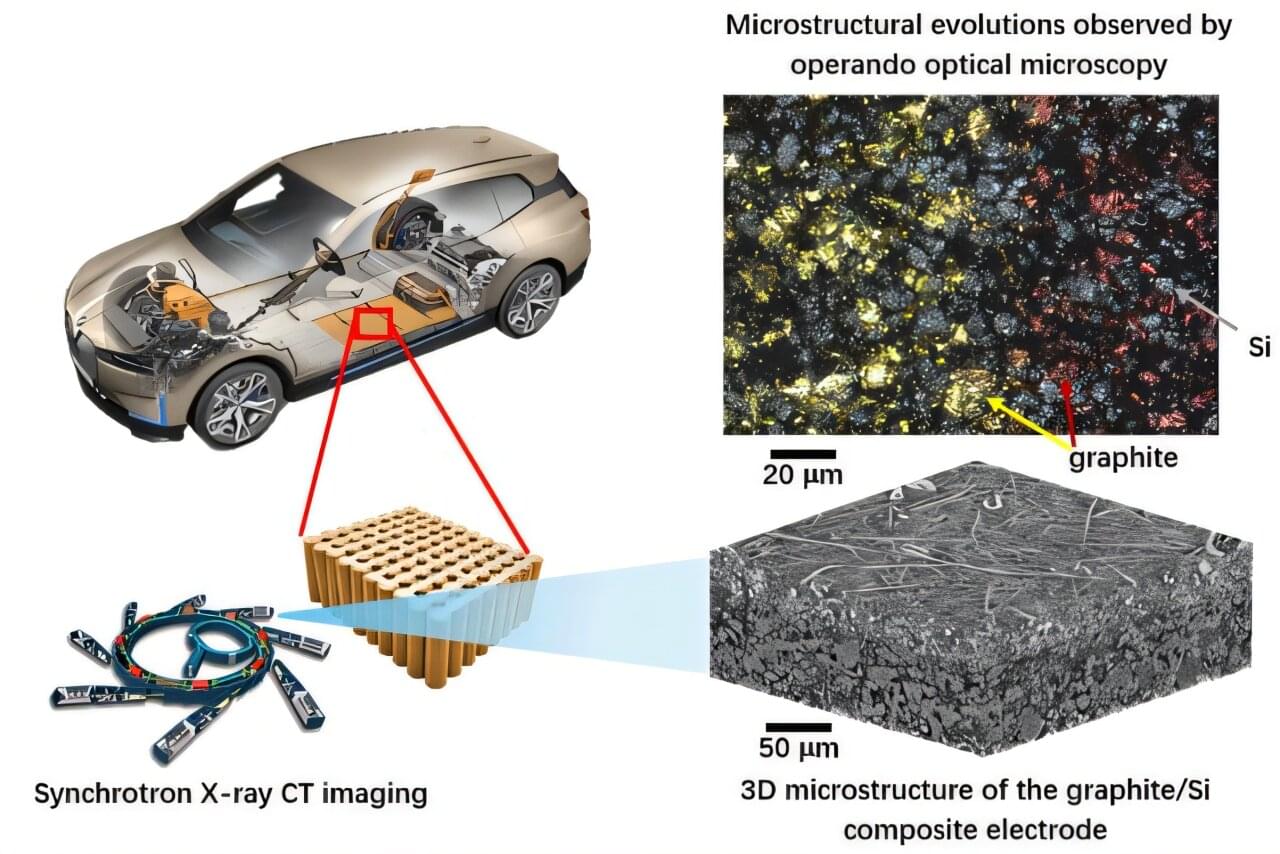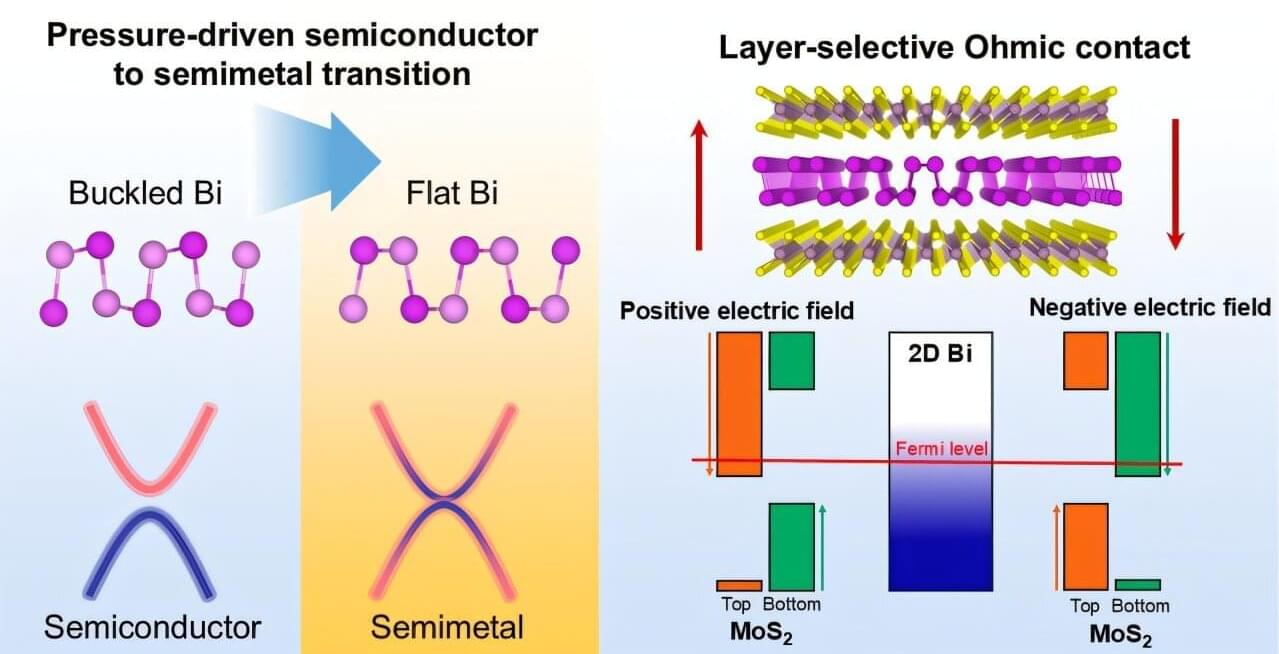Inflammatory bowel diseases (IBDs), such as Crohn’s disease and ulcerative colitis, are chronic and autoimmune conditions characterized by the inflammation of the intestinal tract. This inflammation can cause nausea or vomiting, diarrhea, abdominal pain and cramping, fatigue, fever, and various other debilitating symptoms.
While the underpinnings of IBDs have been widely investigated, the factors that can contribute to its emergence have not yet been clearly elucidated. Past findings suggest that the symptoms of these diseases are often exacerbated by psychological and emotional stress.
Researchers at Universidad de los Andes and the Center of Interventional Medicine for Precision and Advanced Cellular Therapy (IMPACT) in Chile recently carried out a study aimed at shedding new light on the neurobiological mechanisms via which stress could worsen IBDs. Their findings, published in Molecular Psychiatry, hint at the existence of a brain-to-gut communication pathway that is mediated by small communication vehicles known as small extracellular vesicles (sEVs), which are released by astrocytes.
